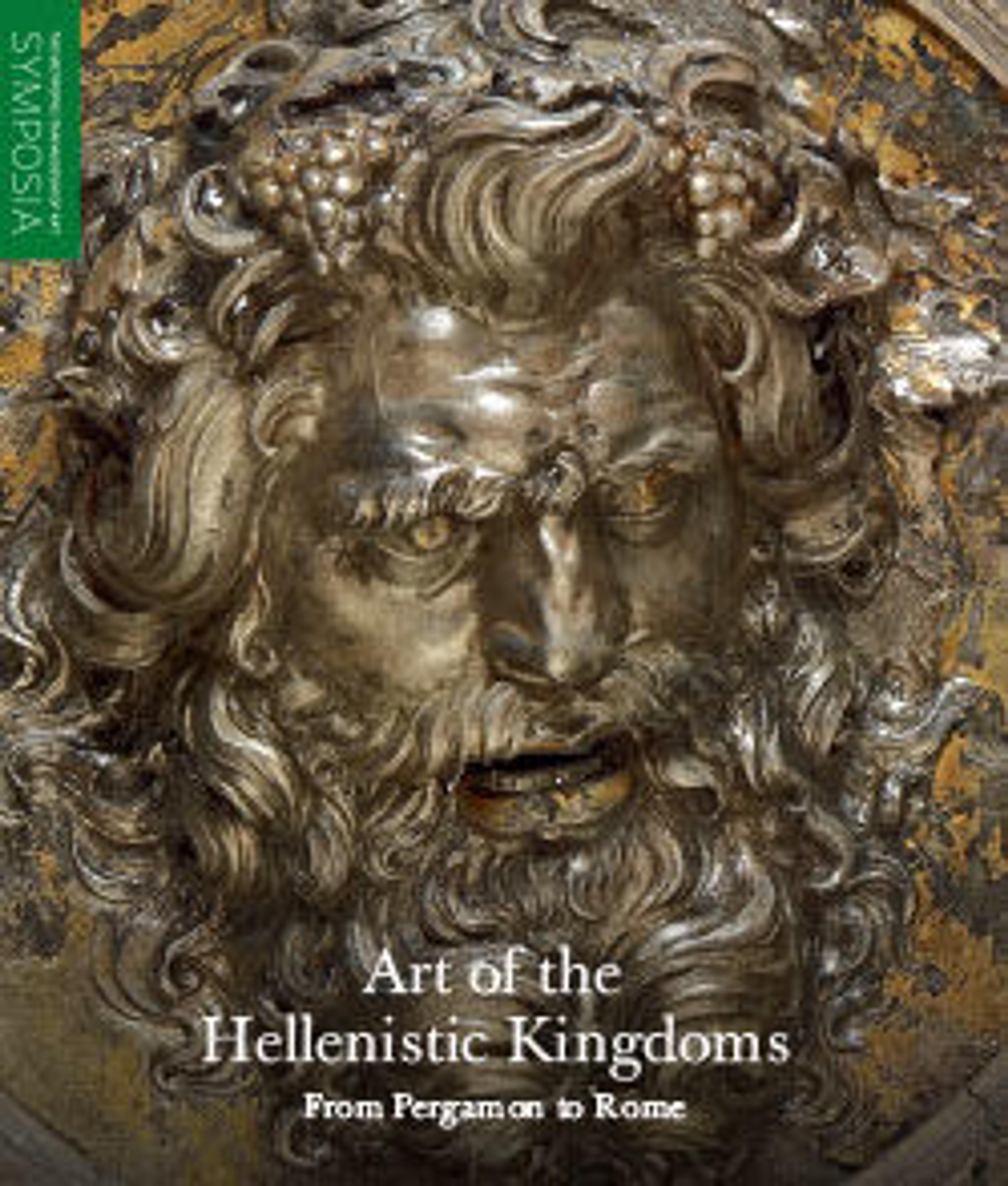
Etruscan Art in The Metropolitan Museum
The Metropolitan Museum's outstanding collection of ancient Etruscan art includes over one thousand objects dating from about 900 B.C. to about 100 B.C. They have been acquired either in groups or individually since the first group of Etruscan vases was donated in 1875 by Luigi Palma di Cesnola, the Museum's first director from 1879 to 1904. In 2007, the Department of Greek and Roman Art updated and greatly enhanced the display of Etruscan art with the opening of a reinstalled permanent gallery devoted to more than 550 of the most important works from pre-Roman Italy, assembled on the mezzanine that overlooks the new Leon Levy and Shelby White Court. In addition, the adjacent Study Collection gallery that covers all aspects of the collection of the Museum's Department of Greek and Roman Art holds another 150 objects from ancient Etruria.
Now, the collection is thoroughly documented in print, combining the most up-to-date scholarship with brilliant digital photography. Many of the objects had never been published before or only many decades ago. In addition, visual and textual information on these works has been augmented digitally on the Museum's ever-expanding website.
The art of ancient Etruria retains its fascination even to the modern age. Artists and writers—notably Alberto Giacometti and D. H. Lawrence—have found inspiration in these intriguing objects. Contemporary artists, scholars, and the Metropolitan Museum's broad public will now benefit greatly from this informative volume on these extraordinary works of art.
Met Art in Publication
You May Also Like
Press the down key to skip to the last item.
Citation
De Puma, Richard Daniel. 2013. Etruscan Art in the Metropolitan Museum of Art. New York New Haven: Metropolitan Museum of Art Distributed by Yale University Press.




